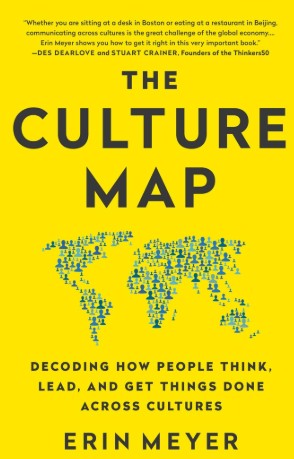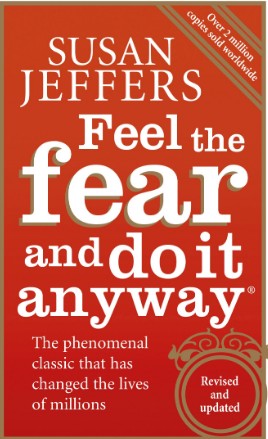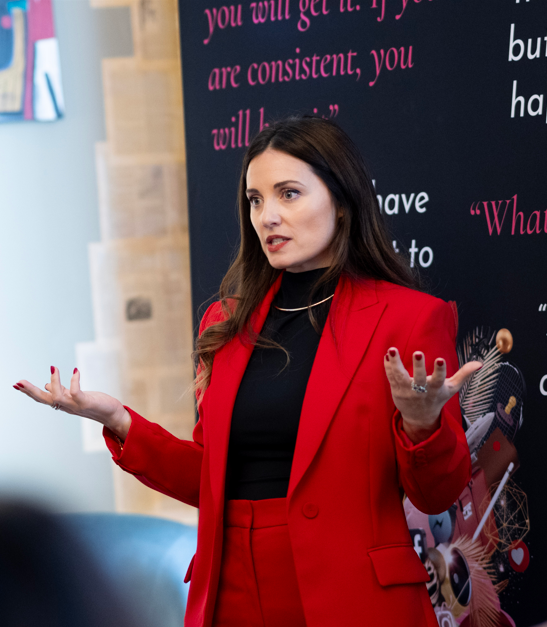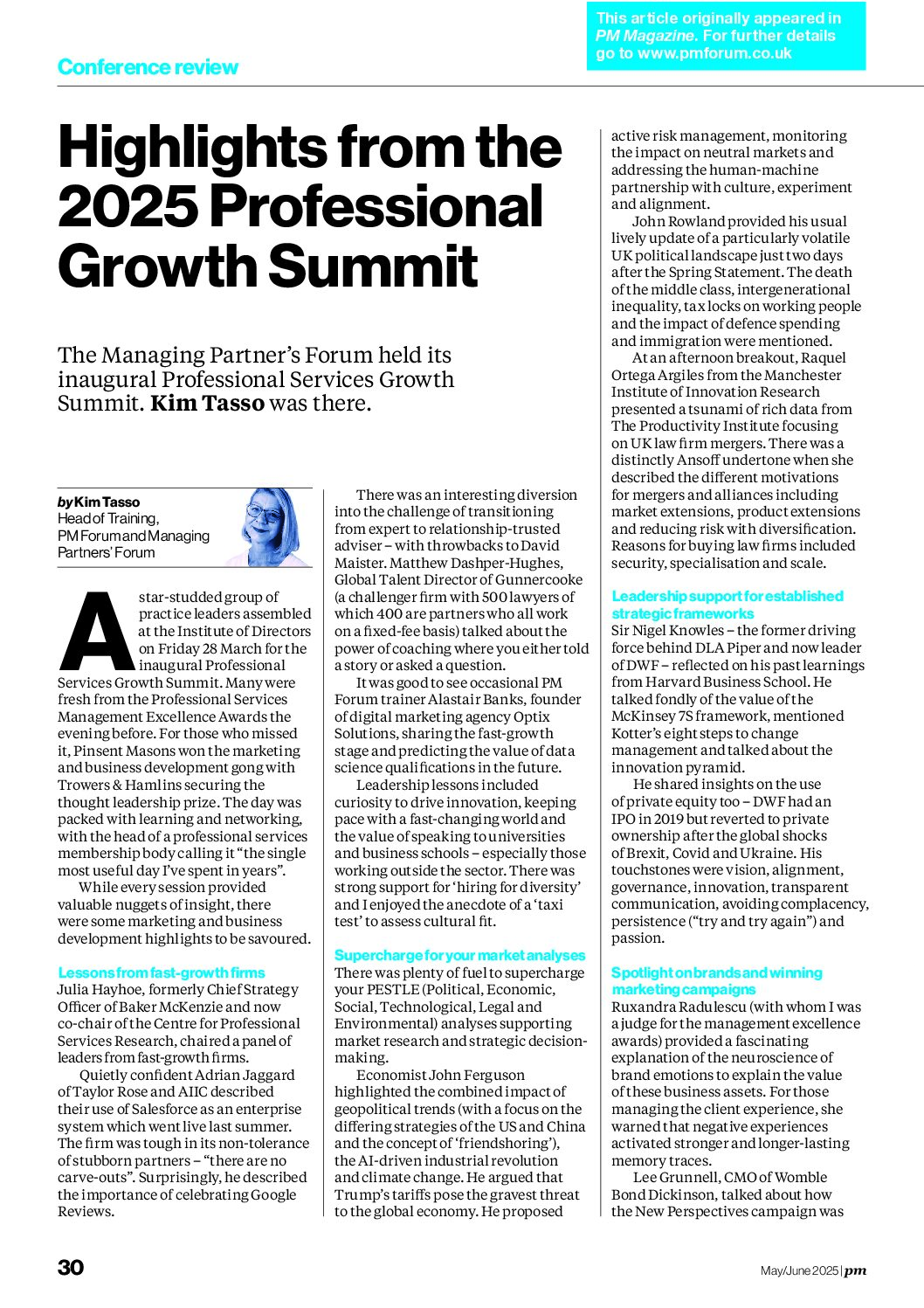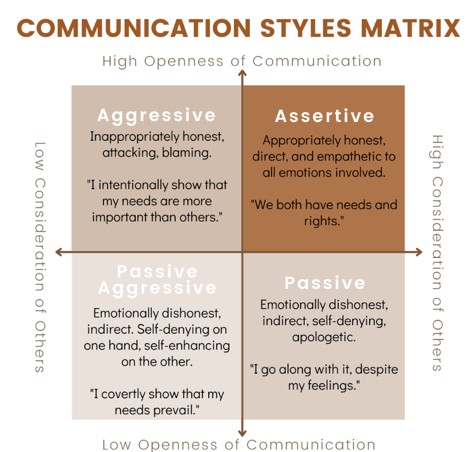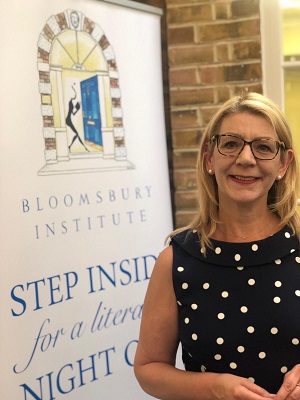
I was delighted to be asked by The Bloomsbury Institute to present a talk on my latest book “Better Business Relationships” at the Bedford Square Festival in July 2019. Here are the highlights of the presentation.
The Bloomsbury connection
I have worked extensively in the area for decades as many of my legal and property clients are based in and around Holborn. In 2012 I joined a walking tour organised by InMidTown to learn about The Bloomsbury Group (Virginia Woolf and E M Forster) and economist John Maynard Keynes. I learned about the Georgian architecture and the green squares. Bedford College was the first for women. And there are iconic places for children in the area including: Great Ormond Street, Coram’s Fields and the Foundling Museum. In 2017 I was invited to the offices of Bloomsbury Publishing to discuss the book which was published towards the end of 2018.
Rational vs. emotional behaviour
We tend to think that the business world is rational – rational people making rational business decisions. However, emotions are involved in all decision making. Neuroscientists have found that when the part of the brain that manages emotions is damaged, people are unable to make decisions, The importance of soft skills or interpersonal skills in the business environment is therefore critical. But this is not a new thought.
“The most important single ingredient in the formula for success is knowing how to get along with people” (Theodore Roosevelt, 1900)
“The care economy will favour those people with good interpersonal skills” (Ian Pearson, 2013)
I offered the following statistics:
- We have a natural rapport with 10% to 30% of the people we meet
- 70% to 90% of human behaviour is habit
- Emotional intelligence accounts for 58% of performance in a range of management tasks
- 90% of high performers are also high in EQ
- 25% of managers’ time is spent dealing with conflict
The DACRIE business relationships model
I provided an overview of the DACRIE business relationships model on which the book is based (see http://kimtasso.com/better-business-relationships-and-dacrie-a-model-to-enhance-business-relationships/)
Difference and diversity
I talked of walking in other people’s shoes to convey the idea of empathy – seeing things from their perspective. Then we talked through a model of emotional intelligence (http://kimtasso.com/book-review-emotional-intelligence-2-0-travis-bradberry-jean-greaves/) before touching on self-perception and projected image.
The cats, dogs and bears personality model and a quick quiz on the colour personality model followed – with the people in the room indicating that they were pretty evenly represented.
We looked at some information about generational differences – particularly the work of Simon Sinek in his video “Millennials in the workplace”. And finally we examined some cultural stereotypes which was interesting in such an international group.
Adaptation and learning
We explored Schein’s ideas around learning anxiety and survival anxiety and the change management process. And the research on the adaptive third (http://kimtasso.com/change-management-creativity-third-adapt-easily/). I also recommended Chip and Dan Heath’s excellent book on change http://kimtasso.com/change-management-book-review-switch-how-to-change-things-when-change-is-hard-by-chip-and-dan-heath/)
Then we looked at happiness models and ideas around stress http://kimtasso.com/creativity-7-creativity-good-bad-stress/ and resilience http://kimtasso.com/10-tips-to-increase-your-resilience/ and http://kimtasso.com/future-marketing-managers-need-some-finnish-sisu-or-japanese-ganbaru-for-success/
Communication
The difference between push (tell) and pull (ask) communications was explored – with the audience asking a number of questions about different situations with their work colleagues.
Heidi Grant’s discovery that face-to-face requests for help were 34 times more likely to be accepted from her book was discussed (http://kimtasso.com/book-review-reinforcements-how-to-get-people-to-help-you-by-heidi-grant/).
Stories are remembered 22 times more than facts and figures so I looked at the fundamentals of storytelling and explained metaphors and bridges with a tale about a trip I took with my daughter to Ireland and the origins of the Celtic Cross.
Relationships and conflict
Research shows that humans can manage about 150 close relationships http://kimtasso.com/client-relationship-management-crm/
According to Daniel Goleman there are six relationship competencies: inspire, influence, develop, initiate change, manage conflict and establish collaboration. Relationships go through a number of stages as they form – formation, divergence, convergence and association. Some people know this as forming, storming, norming and performing,
We explored the components of trust and how it is formed http://kimtasso.com/trust-better-business-relationships/
Internal relationships
People develop and perform best when they experience psychological safety in an appreciative environment (Nancy Kline) so how we provide feedback is important http://kimtasso.com/art-giving-feedback/)
We had a brief look at conflict-handling styles and the implications for negotiation – particularly achieving a win:win outcome http://kimtasso.com/10-practical-tips-fee-price-negotiations/ to preserve relationships.
External relationships
We spent a while exploring ideas around self-confidence and confidence http://kimtasso.com/be-more-confident-and-convey-confidence/
Then examined what happens when we meet people and form first impressions. The role of non-verbal communication (NVC) was key here although we looked at the significant cultural differences in this area. http://kimtasso.com/faq/how-can-non-verbal-communication-body-language-improve-my-marketing-and-personal-effectiveness/
We looked at elevator pitches, rapport (mirroring and matching reflected in political photographs), the need to listen more than speak and the importance of verbal and visual material when presenting.
I finished with some of my favourite quotes:
“You can close more business in two months by being interested in other people than in two years by trying to get other people interested in you” Dale Carnegie (http://kimtasso.com/book-review-how-to-win-friends-and-influence-people-by-dale-carnegie-still-a-valuable-guide/)
“I’ve learned that people will forget what you said, people will forget what you did but people will never forget what you made them feel” Maya Angelou
“The deepest principle in human nature is the craving to be appreciated” William James
These ideas and more are covered in the book Better Business Relationships http://kimtasso.com/publications/better-business-relationships/
More details on the Bedford Square Festival here www.bedfordsquarefestival.co.uk


